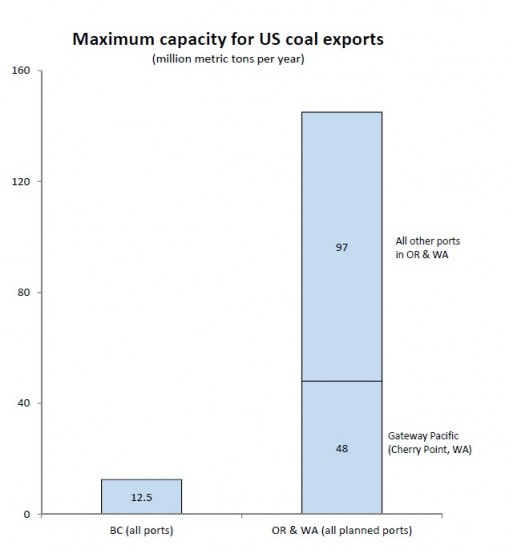Sightline has updated a research memo, “Coal Exports From Canada,” that documents the facts about Canada’s coal exporting capacity. The truth is that ports in British Columbia do not have sufficient capacity to handle the volumes of coal planned for Washington ports.
It’s not even close.
The state coal lobby continues to claim that US coal exports will simply shift to BC if Washington doesn’t build its own export facilities. But it’s simply not true.
The full details and analysis are here.
If Canadian ports actually did have available capacity for American coal, US coal interests would already be using it. But, in fact, coal terminal space in BC is tightly limited, and very little US coal is leaving by way of Canada. So now US coal companies are betting on big new export terminals in the Northwest states—projects that are expensive, time-consuming, and highly uncertain.


Comments are closed.